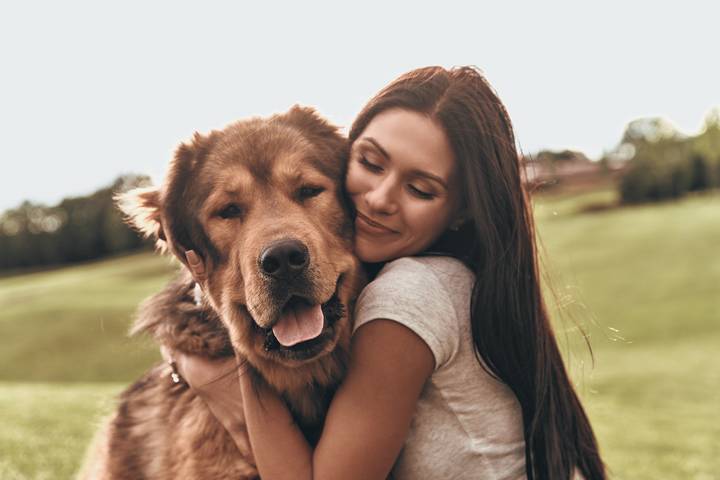How to Design Small Packaging Boxes

With any product, the packaging design will define the first impression made in the customer’s mind. For brands, this design element is so important. Fortunately, there are many options for building the ultimate box.
First, look at what the product is you’re shipping. Ask yourself who’s buying the product. Consider the tone your packaging has to take to meet a customer’s expectation. The small packaging boxes should also get them excited about what’s inside.
As you’re going through all of these thoughts on designing small packaging boxes, search for inspiration on sites like Instagram and Pinterest. Look at brands that may be somewhat similar to yours and see their packaging. Collect notes of likes and dislikes with what you see online. This can be used as style inspiration to help you gradually decide what your small packaging box will look like.
For more information, here is a guide on how to design small packaging boxes:
Packaging Box Shape
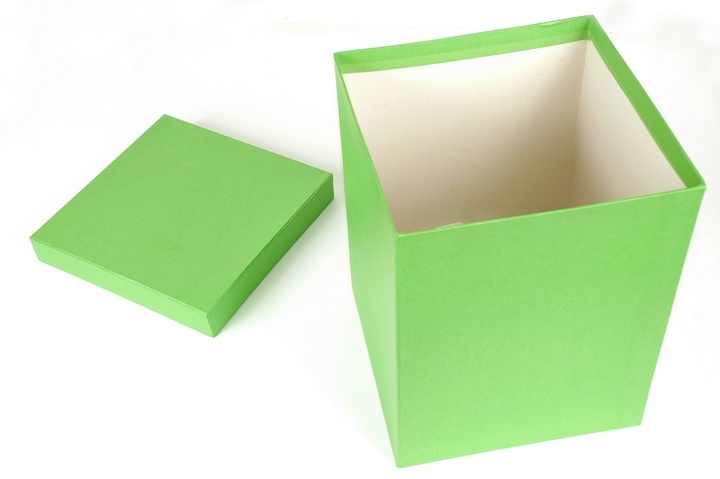
The shape of your custom boxes can be as simple as a standard rectangle or square. This may sound standard, but overall, customer response has shown that most expect a rectangle or square. Anything different can seem out-of-place in some cases, although if you have good reason to move away from this format, certainly, there are no limits to what shape you can have.
Packaging for Small Items
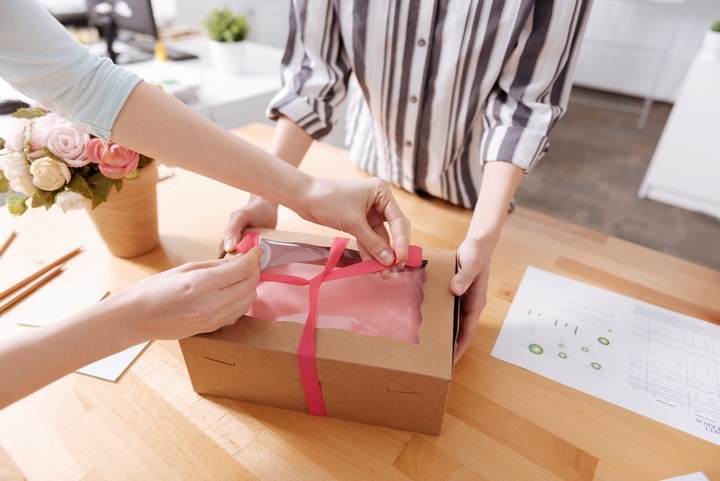
If your item is particularly delicate, a small packaging box can work. However, it has to be a functional shape and have the material inside to properly cushion the fragile item. If you require secure packaging, odd dimensions aren’t necessarily going to work unless your custom box is engineered in a very specific way.
Packaging Box Size
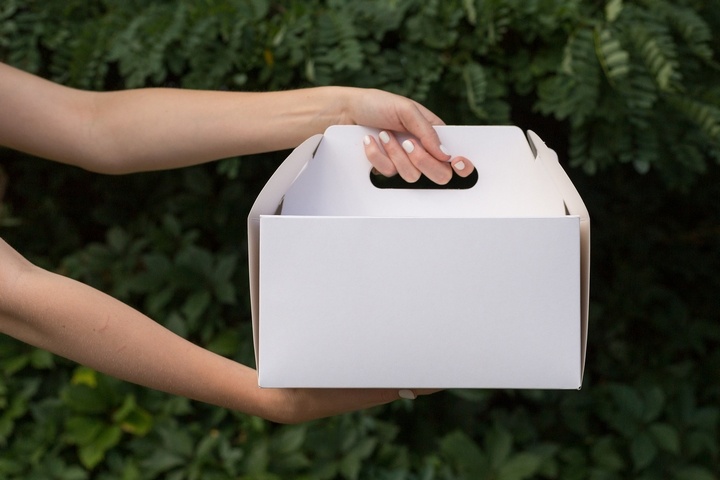
Due to shipping costs, designing packaging as small as possible is central to cost-effectiveness. With small packaging boxes, which ties into the shape, you want your item to sit comfortably inside. There will be some packing materials, but you don’t need a large box for the most part. Small custom boxes are easier to deliver for shippers and easier for customers to handle.
Packaging Information
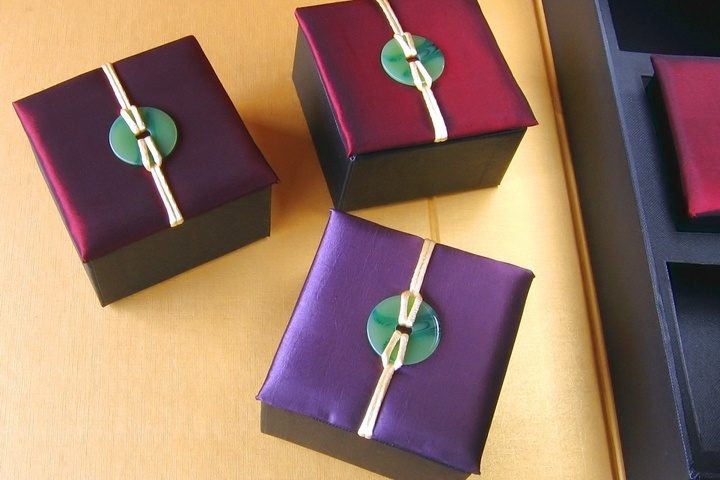
On your small packaging boxes, you want to have enough information to include a few key pieces of information. Your name and logo. Some brands choose to put descriptive words or a tagline exciting the customer. Imagery and shapes might also be something that can be used to do this. Depending on what’s being shipped, there may be required marks such as a barcode, nutritional information, association marks, and more.
Box Sections
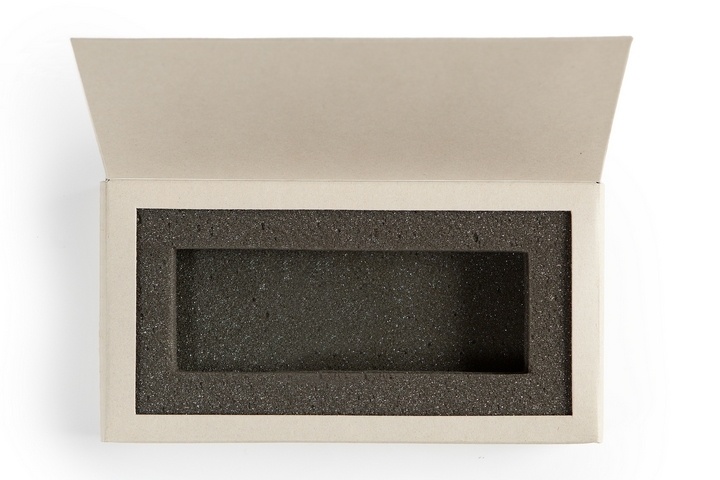
Inside your small packaging boxes, you may choose to incorporate a second piece of cardboard as a divider or to create sections. If you are shipping multiple products in the same packaging box, this can help keep things presentable when the box reaches its end destination.
Packaging Box Color
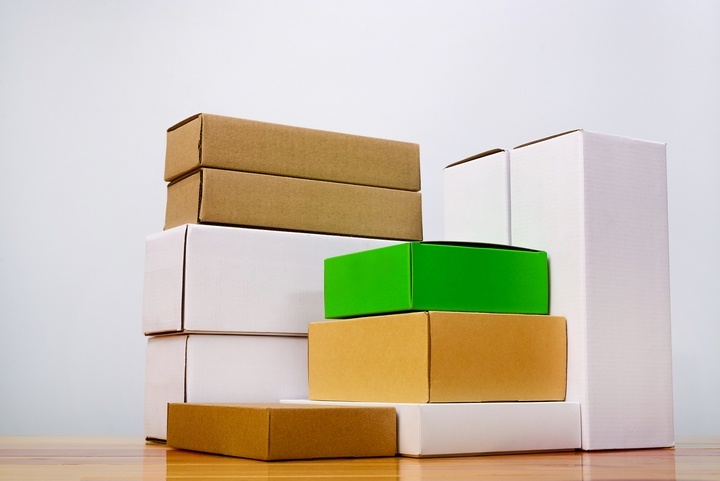
When we talk design, we don’t forget colour. A standard box can be bought in almost any shape, but the colour adds something truly custom to its look. You have to remember that your packaging box is as much about function as presented. A branded, coloured box that’s done stylishly can make a world of difference to customers who have their first experience interacting with your brand.
How the Packaging Box Opens
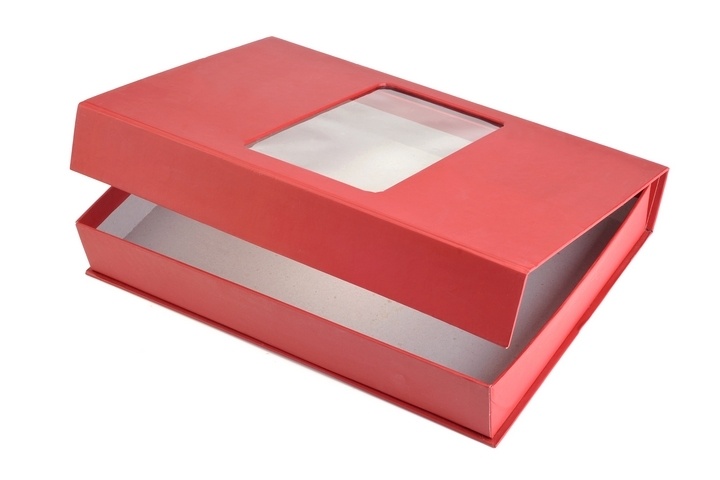
Another important decision is how your box opens and where the product is placed inside. You want your product to be front-facing, and so the box should open in a way that presents the item inside appropriately. You may choose a sliding box inside a box. Depending on how it is shaped and coloured, this can be very attractive. The jewelry industry does this sort of prestigious box opening better than anyone.
Packing Materials
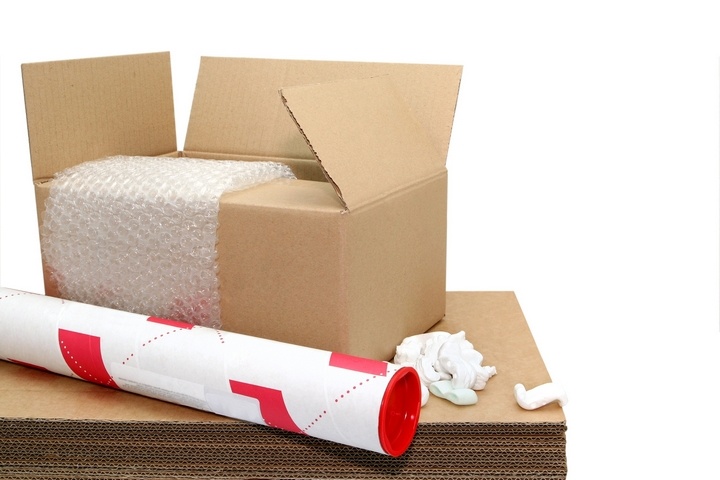
The packing materials you put inside the box matter. In some cases, the product is put in loosely secured by tape. This works, but it doesn’t quite give off the prettiest vibe upon opening the packaging. A small custom box can be filled with packing foam, peanuts, or shredded paper. Although this material protects the product inside, it’s also a very affordable presentation element.
Packaging Layers
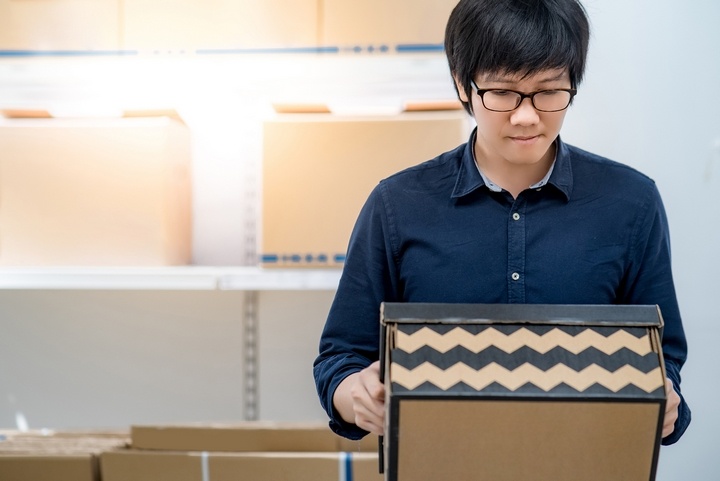
There are three layers in product packaging. The outer packaging, i.e. the delivery box. The inner packaging, i.e. often a box inside a box. Then the product packaging, which can be something as simple as plastic wrap. Your product may need all three, only two, or just one. Map out where you intend to put your design elements and how these different layers relate to one another.
Packaging Story

The right small packaging boxes tell a story. You’re using graphics, font type, and colour to communicate to the person opening the box the experience that awaits them. That’s a good design. How the box feels to the touch and the scent of the package are also ways to help emphasize the story you are trying to tell.




